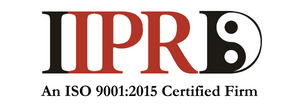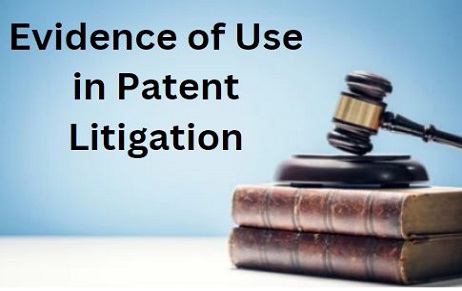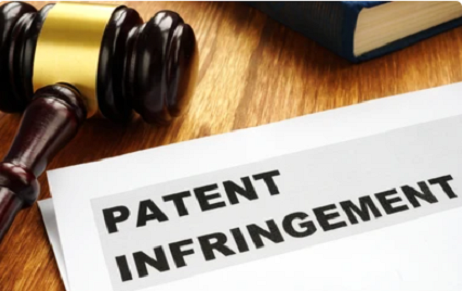All over the world today businesses strive for growth by maintaining a competitive edge in…
Eli Lilly Vs Sun Pharma and others
Lilly’s Patent relates to method of treating Attention-Deficit/ Hyperactivity disorder (ADHD) with administration of effective amount of Tomoxetine. Lilly markets atomoxetine capsule under the brand name STRATTERA®. The US Patent 5,658,590 was assigned to Lilly On August 19, 1997 with a principal claim that recites a particular method of treating ADHD. Submission of an Abbreviated New Drug Application (“ANDA”) seeking approval to market a generic version of atomoxetine by Sun Pharma and others before the expiry of the said patent led to Lilly’s action against the infringement of their patent.
Although the claims do not include any indication about the dose and the complete composition of the medicine, it specifically discloses the treatment of ADHD by physicians. The independent claim states that “A method of treating Attention-Deficit/ Hyperactivity disorder comprising administering to a patient in need of such treatment an effective amount of Tomoxetine”.
Plaintiff argues that each of the Defendants’ act of filing an ANDA constitutes infringement under 35 U.S.C. § 271(e)(2)(A) .Plaintiff further argues that the commercialization of generic atomoxetine before the expiration of the ‘590 Patent would constitute further infringement under 35 U.S.C. §§ 271(a), (b), and/or (c).
Defendants assert that Lilly’s patent is for the treatment of patients by physicians and none of the Defendants are doctors, they never treat patients, and they do not prescribe medicines. Rather, they sell drugs to wholesalers or pharmacists, who in turn sell the drugs to patients possessing prescriptions from physicians. Defendants contend that Lilly cannot establish infringement under 35 U.S.C. § 271(e)(2) for the same reasons that Defendants argue infringement does not exist under 35 U.S.C. § 271(a) .
In a similar case Warner-Lambert Co. v. Apotex Corp the Federal Circuit concluded that there was no direct infringement because “there is no evidence in the record that Apotex has directly practiced or will ever practice any of the methods claimed. In reaching this conclusion, based on facts that are identical to the facts at issue in this case, the Federal Circuit explained that the activities of pharmaceutical manufacturers are fundamentally different than prescribing physicians and, therefore, pharmaceutical companies cannot directly infringe such method of treatment claims and defendants’ motion for partial summary judgment as to no direct infringement was granted. Lily lost the battle based on the evidence ground and for the same reasons, also lost the reconsideration request for the decision.
In the present case, the patent specifically teaches about treatment of patients by Physicians, which implies that a particular dose will be prescribed to the patient depending on the age of the patient and severity of the case. Hence, the method involves prescription of atomoxetine in a particular dosage to a patient as per the case. Although, the drug manufacturers neither prescribe nor administer the drug to the patients in any form, but availability of atomoxetine in the market by different manufacturers in different dosages will directly read upon the claimed method as the dosage prescription by the physician is a part and sole of the method involved in the patent. This will further have an impact on the method of treatment.
The above analysis leads to many questions like: Who will be responsible for influencing the treatment method of ADHD, physicians or the drug suppliers? As the drug manufacturers have managed to out themselves by saying they don’t treat patients and only manufacture drugs! It won’t be shocking if the manufacturers come out with a statement that they never forced patients to buy their drug as they just manufacture drugs and don’t treat patients.
Civil Action No. 07-cv-3770 (DMC).
Author: Mr. Devpriya Kumar, Patent Consultant
The author can be reached [email protected]


